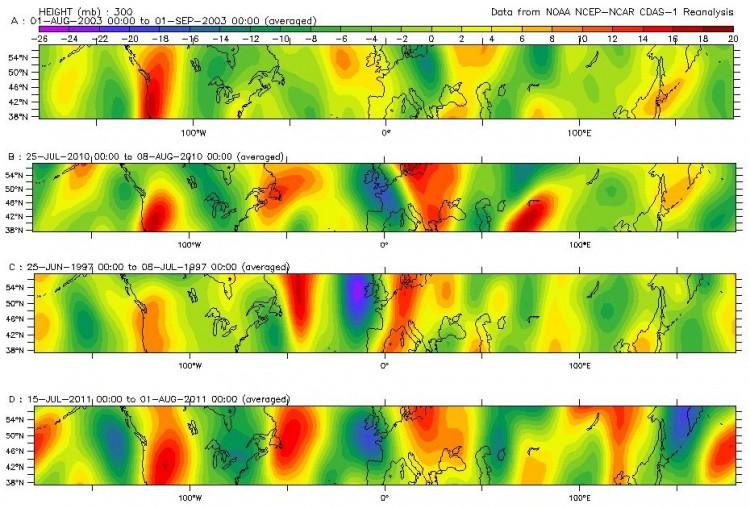A little known granite marking located in the Eastern Transvaal, South Africa, could provide evidence that giants once roamed the Earth.
Referred to as the “footprint of God” by locals, it is about 1.2 meters or 4 feet long.
In the video above by South African author and explorer Michael Tellinger, we get a clear look at the alleged giant’s footprint in an outcrop of the Mpuluzi batholith, which has been dated to around 3.1 billion years old.
Austrian artifacts researcher Klaus Dona has visited the site with Tellinger and estimates in the video below that such a giant would have been between 7 and 7.5 meters tall, which is comparable to giant bones he has studied that were discovered in 1964 in a valley in the south of Ecuador.
Dona does express some skepticism about the shape of the print as the point where the ball of the foot near the big toe meets the instep seems rather narrow compared with a normal human footprint.
Tellinger describes the rock as “phenocrystic” or coarse porphyritic granite that went through several cooling stages, producing large and small granules. He points out that both the print and its surroundings have experienced similar amounts of weathering, making it extremely unlikely that it was carved.
The rock is in a vertical position, and Tellinger says this is due to plate tectonics having pushed it up. Such rock is thought to form when magma cools inside the Earth’s crust, casting doubt that a footprint could have been made while the granite was cooling. However, the shape of the rock around what look like toe markings does suggest that a giant foot could have pulled up the material like soft mud.
Tellinger believes the possibility that the rock was naturally eroded into this shape is highly unlikely, and cites mathematician Pieter Wagener from the University of Port Elizabeth as saying, “There is a higher probability of little green men arriving from space and licking it out with their tongues, than it being created by natural erosion.”
Both Tellinger and Dona call for closer scientific examination of the marking to clarify its origin.


